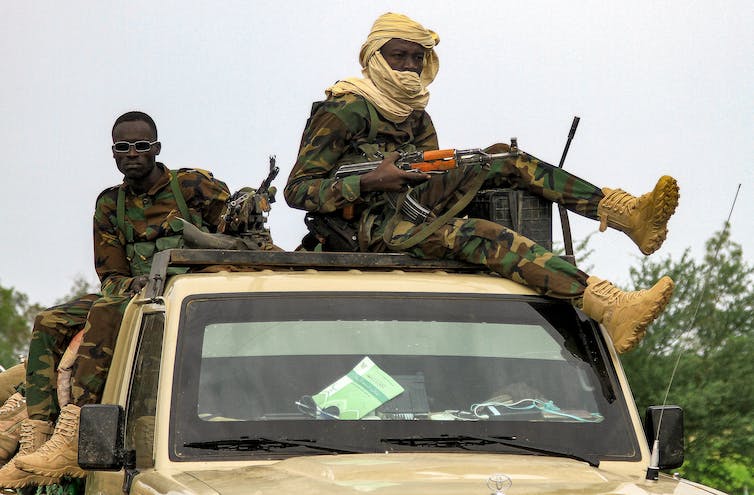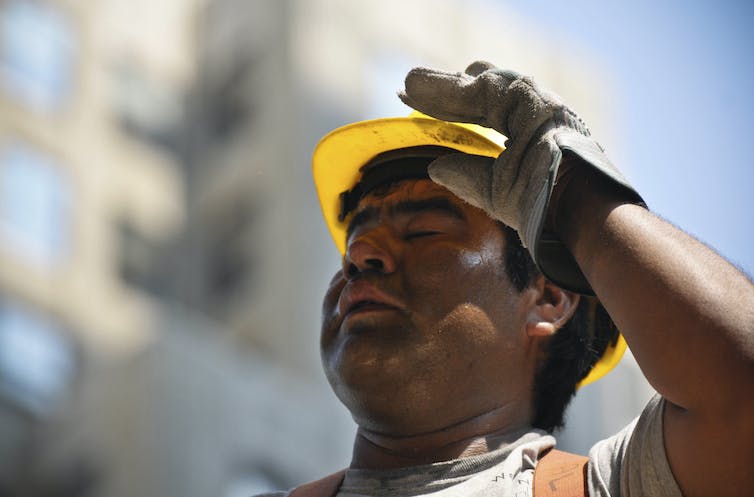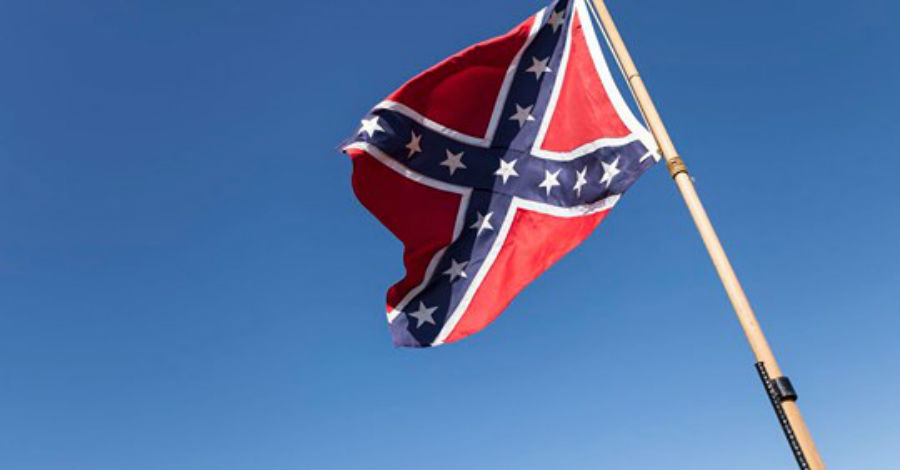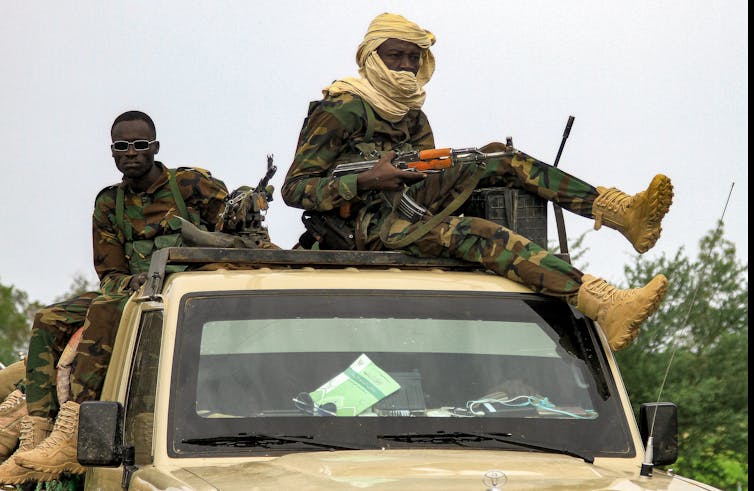
Photo by AFP via Getty Images
Mike Brand, University of Connecticut
Mass atrocities are once again plaguing the people of Darfur, Sudan, with talk of a genocide taking place.
Twenty years after genocide began in the region, recent conflict and tar geted violence have forced over 5 million people
With genocide and crimes against humanity once again taking place and so little international attention, one wonders if the international community has completely turned its back on a decades-old commitment to protect civilians from mass atrocities, known as the “responsibility to protect.”
I’m an adjunct professor of genocide studies and human rights at the University of Connecticut, and the question of how the international community should confront genocide is an issue my students and I grapple with every semester.
Before unpacking that question, let’s look at why the expectation of civilian protection even exists.
An important question
In 2000, then-United Nations Secretary-General Kofi Annan asked the international community, “If humanitarian intervention is, indeed, an unacceptable assault on sovereignty, how should we respond to a Rwanda, to a Srebrenica — to gross and systematic violations of human rights that offend every precept of our common humanity?”
It was an important question. For centuries, the principle of sovereignty reigned supreme in international relations. It was largely understood that what happens within a country’s borders is that government’s responsibility. Governing authorities were pretty much free to do what they pleased, without fear of meddling from other international actors.
In the post-World War II era, states began to willingly give up some of their sovereignty to join the newly created United Nations and engage in various agreements outlining common rules they would follow – collectively, these rules are now known as international law. However, even after witnessing the horrors of the Holocaust and pledging “never again,” the world watched genocide unfold in Rwanda in 1994 and Srebrenica the following year. Annan’s question needed an answer if the international community were to effectively prevent or intervene to stop another genocide.
In 2001, the International Commission on Intervention and State Sovereignty sought to answer Annan’s question by presenting a new concept known as the “responsibility to protect.” The framework re-imagined state sovereignty and the responsibility of states to protect their people from mass atrocities like genocide, war crimes, crimes against humanity and ethnic cleansing. In cases when a state was unwilling to live up to its responsibility to protect civilians or was itself the perpetrator of mass atrocities, then the responsibility shifted to the wider international community through the United Nations.
A revolutionary idea
The commission outlined three key responsibilities for implementing the responsibility to protect: the responsibility to prevent, react and rebuild.
The responsibility to prevent focuses on addressing the root causes of conflict and preventing mass atrocities before they break out.
The responsibility to react refers to the international community’s response to ongoing mass atrocities through diplomatic interventions, sanctions and sometimes military intervention.
Finally, the responsibility to rebuild includes assisting a country in its recovery from conflict and any damage caused by external interventions in an effort to stabilize a post-conflict country and prevent future atrocities.
Often, it is the responsibility to react, and more specifically military intervention, that people associate with the responsibility to protect. However, the “responsibility to protect” framework clearly states that military intervention is to be used only as a last resort. As the United Nations Office on Genocide Prevention and the Responsibility to Protect has said, “Prevention is much less costly than intervening to halt these crimes, or dealing with their aftermath.”
The concept of the responsibility to protect was in many ways revolutionary. Member states adopted the principle at the U.N.‘s 2005 World Summit just four years after the concept was introduced. World leaders pledged in a joint statement: “We are prepared to take collective action … should peaceful means be inadequate and national authorities are manifestly failing to protect their populations from genocide, war crimes, ethnic cleansing and crimes against humanity.”
While it was a major accomplishment to get world leaders to endorse the responsibility to protect, it was not binding international law. There were no requirements that states live up to its provisions, and there were no penalties if states failed to protect populations from mass atrocities.
The first test
The urgency for responsibility to protect was evident in the fact that while the principle was being discussed and adopted, genocide was underway in Darfur. Just 10 years after the genocide in Rwanda, which was the impetus for the creation of the responsibility to protect, non-Arab civilian populations in western Sudan were being systematically targeted for destruction.
Some sanctions and strong words from the United Nations and several countries followed. But little direct action was taken for the first few years of the Darfur genocide. It took the United Nations four years to authorize and deploy a hybrid peacekeeping mission in the form of the United Nations-African Union Mission in Darfur. Even after this mission was finally deployed, violence continued. In all, between 200,000 and 400,000 Darfuris were killed, and millions were displaced. Many fled to neighboring Chad, where they remain today. The exact death tolls are disputed because of limited humanitarian presence and a lack of investigative capacity.
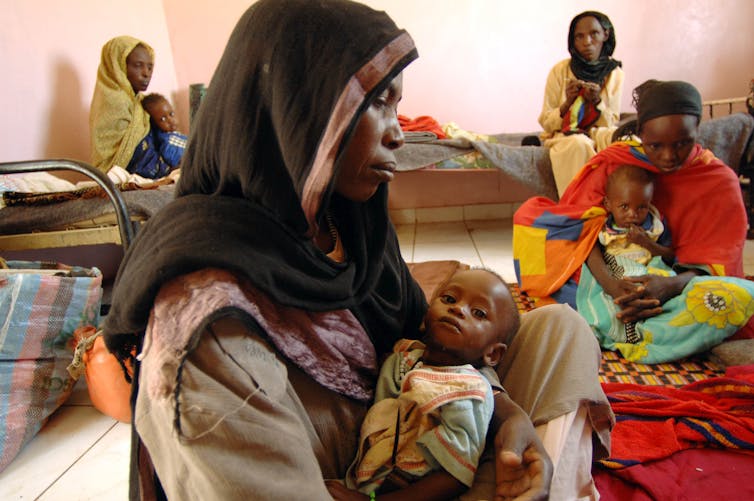
Lynsey Addario/via Getty Images
Several books and academic articles analyzed the response – or lack thereof – to genocide in Darfur within the context of responsibility to protect. It has become the quintessential case study.
Yet most view the international community’s response to Darfur in the early 2000s as a responsibility-to-protect failure, despite the peacekeeping mission, public attention and diplomatic engagement. Not only was there a failure to protect civilians, there was also a failure to hold perpetrators accountable for their crimes. Many of the same perpetrators of the genocide in the early 2000s are committing atrocities again now, observers say, in a testament to the dangers of impunity.
Even worse than before
But there is an important distinction between today and the early 2000s – today there is little appetite among the international community to engage in a meaningful way that would protect civilians and bring an end to the slaughter. Kenyan President William Ruto has called for a new peacekeeping mission to be deployed, but neither the United Nations nor the African Union has supported him. The UN’s former mission in Darfur ended in 2020.
Meanwhile, the United Arab Emirates publicly called for peace while privately sending arms to the very militia committing mass atrocities.
The United States has sanctioned elements of the Rapid Support Forces and the Sudanese armed forces and has repeatedly called for accountability for perpetrators of atrocities. The United States ambassador-at-large for global criminal justice, Beth Van Schaack, has stated that the violence in West Darfur “serves as an ominous reminder of the horrific events that led the United States to determine in 2004 that a genocide was underway in Darfur.” But she stopped short of saying genocide was happening again. Historically, United States genocide determinations have been political decisions that are often delayed by State Department lawyers.
The question of the viability of the “responsibility to protect” principle goes beyond the crisis in Darfur. Over the past two decades, the international community has failed to protect civilians in Syria, South Sudan, the Democratic Republic of Congo, Yemen, Myanmar and Ethiopia. The responsibility to protect does not have a great track record.
It would appear that even the secretary-general of the United Nations has lost faith in the doctrine. In António Guterres’ recently released policy paper, New Agenda for Peace, which outlines his vision for creating a more peaceful world, the term “responsibility to protect” does not appear once in the 40-page document.
Perhaps after two decades of limited success, flagrant violations and overall apathy, it is time to retire the responsibility to protect and find a new way to answer Annan’s question.
Mike Brand, Adjunct Professor of Genocide Studies and Human Rights, University of Connecticut
This article is republished from The Conversation under a Creative Commons license. Read the original article.

